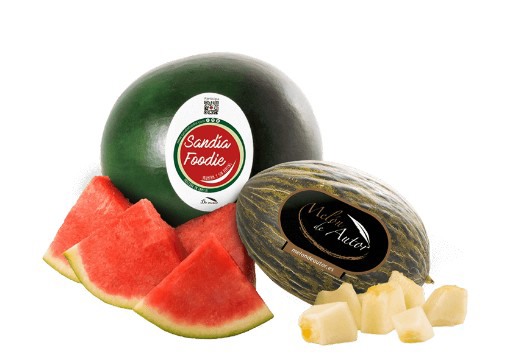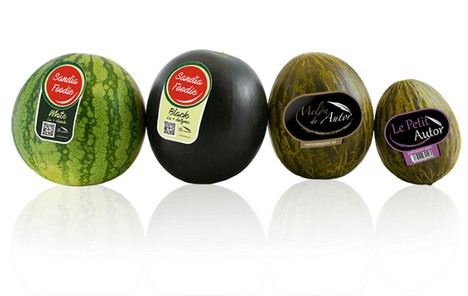The Brazilian melon and watermelon import season in Spain is underway with lower volumes compared to last year, mainly due to difficulties in the logistics. The lower supply is resulting in significantly higher prices this year.

"We started receiving our first Brazilian melons and watermelons three weeks ago," said Jordi Valle, sales manager at Grupo Autor. "There has been a drop in the supply of Brazilian imports this season. This is a result, in the first place, of a reduction in the acreage devoted to melons and watermelons in Brazil due to higher production costs, which have increased by 35% in just one year, but, above all, it is a result of the increase in logistics costs, which have more than doubled. Also, there is strong uncertainty as regards container arrivals, since the transit time of the goods is impossible to estimate, which is a major risk in the case of perishable goods.
Because of all this, the final prices of melons and watermelons, which were already expensive at the end of the Spanish season, are now much higher. "The poor fruit setting caused the Spanish watermelon season to start with a low supply and high prices in Almeria, and this became even more accentuated with the harvest in Castile-La Mancha, both for melons and watermelons, where much less was planted due to the negative results of the previous year. The Spanish season thus ended with all-time high prices at origin," says Jordi Valle.

The price of Piel de Sapo melons from Brazil has increased to between 2.50 and 3 Euro per kilo. "The increase in melon and watermelon prices on the shelves is making them less accessible to part of the consumers, and this can potentially change their consumption trends. For this reason, we believe that our melons and watermelons cut in halves and quarters can become a good option for those who cannot afford a 3 kilo piece, for example."
"The melon and watermelon trade has embraced a speculative dynamic that we hope is only conjunctural and won't become structural. At Grupo Autor we plant our melons and watermelons based on the programs agreed with our customers, in order to guarantee volumes and prices that remain as stable as possible."
Grupo Autor produces and markets Piel de Sapo melons all year round thanks to its contracted production in Spain, Brazil and Senegal, and the fruit is distributed under its main brand: Melón de Autor. Its watermelon, from the same origins, is marketed under the brand Sandía Foodie. "We are also getting closer and closer to having watermelon available all year round, although that still depends a lot on the weather conditions," said Jordi Valle.
For more information:
Jordi Valle
Melón de Autor
Calle Paseo del Progreso, 34
Olesa de Monserrat - Barcelona. Spain
M: +34 643 138 870
jvalle@tropfruits.com
info@melondeautor.es
www.grupoautor.es
